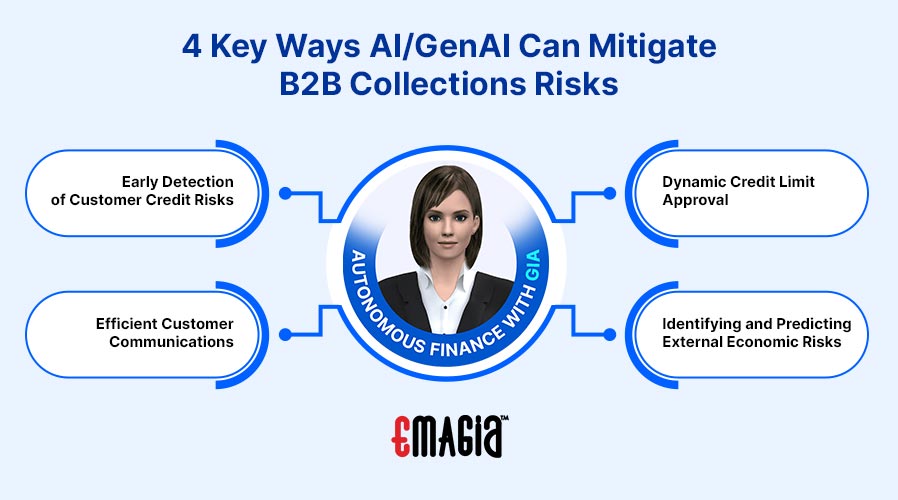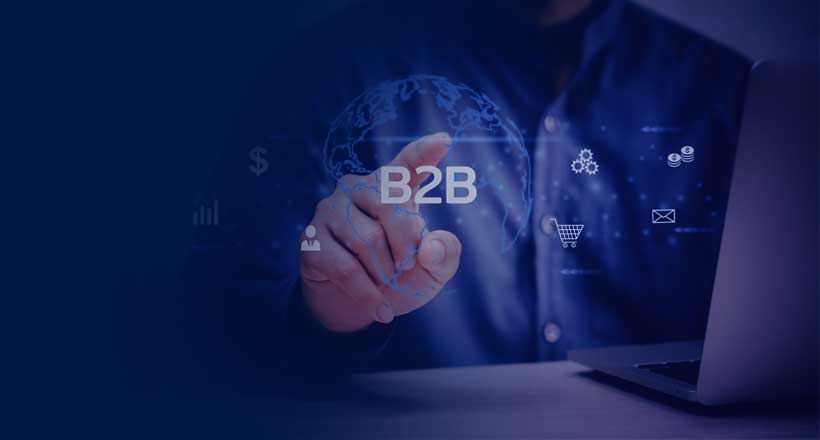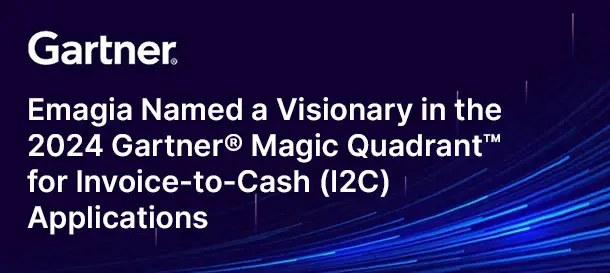Bad debt and collections poses a significant challenge for businesses, impacting profitability and cash flow. Bad debt arises when customers fail to meet their payment obligations for goods or services rendered, leading to revenue losses and strained financial health. Traditional collections processes, often manual and time-consuming, are prone to inefficiencies and errors. These issues can result in delayed payments, increased costs, and damaged customer relationships.
With the advent of technological innovations, businesses can now tackle these challenges more effectively.
Autonomous finance platforms powered by Artificial Intelligence (AI) can now leverage advanced data analysis and machine learning to predict payment defaults, streamline collections processes, and enhance customer communication.
AI’s predictive capabilities allow businesses to identify customers likely to default on payments, facilitating the development of targeted strategies to manage past-due receivables. By learning from historical data, customer behavior, and external factors, AI streamlines customer engagement, reducing the time and cost associated with billing and collection processes. Generative AI (GenAI) offers advanced methods to manage accounts receivable risks, empowering forward-thinking companies.
Understanding Collection Risk
Collection risk refers to the potential failure to collect payment for delivered goods or services, impacting cash flow and profitability. Effective management of collection risk involves assessing controllable and uncontrollable factors. Controllable factors include collections policies, which are integral to a business’s credit policy. An effective accounts receivable policy fosters consistency and efficiency, aligning corporate goals with business processes.
Revisiting and aligning collection strategies with dynamic business environments is crucial for protecting accounts receivable without compromising customer relationships. Managing controllable factors enables businesses to better handle external, unpredictable events such as economic fluctuations, while leveraging predictive technologies for preparedness. In short, minimizing the collection risk is key to improving cash flow and profitability.

AI’s Pivotal Role in Mitigating Collection Risk
AI enhances OTC (order-to-cash) and AR (accounts receivable) applications, helping businesses mitigate collection risks through several key capabilities:
1. Early Detection of Customer Credit Risks
AI-driven AR solutions analyze extensive data on customer payment behavior, predicting collection risks more accurately than traditional methods. AI systems evaluate new customers’ creditworthiness by comparing their data with existing customer profiles, enabling tailored credit terms. Over time, GenAI models learn from customer payment history, integrating risk mitigation into business strategy.
Machine learning shifts from reactive to proactive risk management by identifying at-risk accounts before they default. AI analyzes diverse data types to uncover hidden factors leading to late payments and bad debts. This provides CFOs and credit managers with a reliable risk evaluation basis beyond traditional indicators. Machine learning adapts quickly to changing conditions, such as during a pandemic, updating analyses in real-time.
2. Dynamic Credit Limit Approval
Traditional credit application and approval processes are time-consuming and often ineffective in a fast-paced business environment. AI makes the process dynamic, analyzing large volumes of data and incorporating real-time information to enhance efficiency. Dynamic credit application and approval platforms, like TheCreditApplication.com, assess recent customer behavior and payment patterns, mitigating risks more effectively than traditional, manual-reliant systems.
3. Efficient Customer Communications
AI-powered systems ensure timely reminders to defaulting customers through multiple digital channels. AI customizes message content based on the customer’s risk profile and accounts receivable metrics, offering views of current balances, dispute resolutions, and easy payment methods. These tailored communications demonstrate the business’s commitment to resolving payment issues swiftly and valuing customer relationships.
GenAI automates customer communications, sending timely messages that appear personalized. AI monitors customer responses, helping businesses refine message content and timing, making collections smarter and more efficient. Quick escalation is critical in recovering debts, and AI-derived insights guide strategic decision-making for handling worst-case scenarios.
4. Identifying and Predicting External Economic Risks
AI and machine learning revolutionize customer understanding. Unlike traditional models, AI highlights unique customer traits within market segments. AI considers factors such as geographic differences and economic restrictions, building nuanced customer profiles. This helps businesses recognize which customers may self-cure their cash flow problems and which require proactive intervention.
Conclusion
AI transforms businesses from reactive to proactive risk management, enabling the prediction of risks and the formulation of strategies throughout the credit approval, billing, and collections workflow. AI fosters solid relationships with valuable customers, reduces payment failures, minimizes collection costs, and improves profitability. The benefits of AI-powered B2B solutions are emerging, promising significant advancements for businesses ready to capitalize on these capabilities.
By leveraging AI and GenAI, businesses can enhance their risk management strategies, ensuring financial stability and growth in an increasingly unpredictable economic landscape.
FAQ
What is GenAI?
GenAI refers to software that incorporates large language models to generate high-quality text, images, and other content. Open AI’s ChatGPT drew widespread mainstream attention upon its release because of its ability to write messages in various formats in a way that looked like a human created them. GenAI can take raw data and create original new work based on natural language requests.
Consulting firms like Gartner, among many others, envision GenAI becoming a general-purpose technology similar to electricity and the internet. Benefits of GenAI in the enterprise include autonomous execution of processes, enhanced customer experience, and improved productivity.
What is an autonomous credit application?
An autonomous B2B credit application automates the credit request and evaluation process, reducing errors, speeding up approvals, and enhancing the customer experience. It streamlines the entire credit management process from application to approval and collection.




